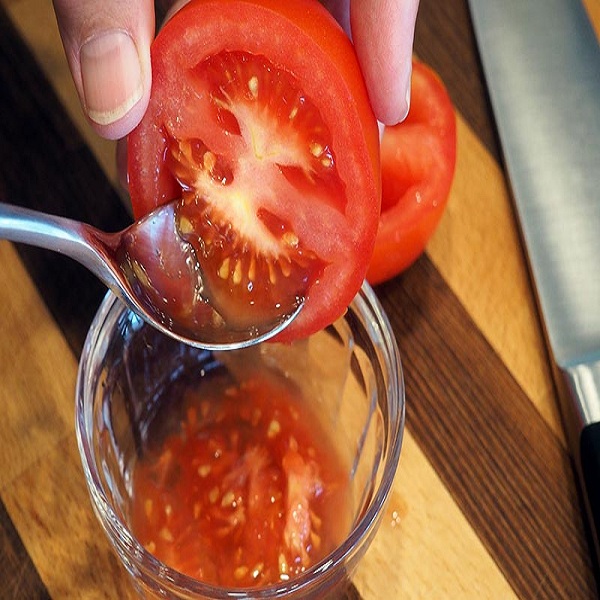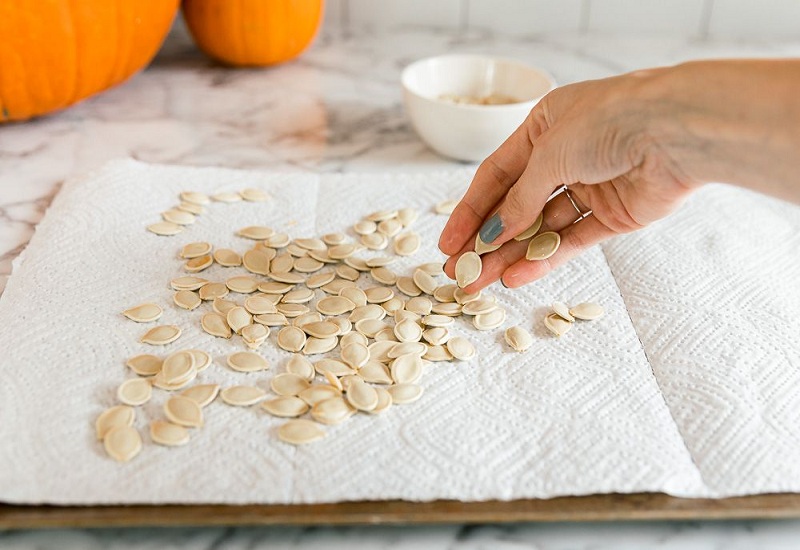Gardeners who preserve their own vegetable seeds not only cut down on their annual gardening expenditures but also see their plants improve in health, vitality, and yield with each passing season.
Starting a garden can be costly, what with having to buy new seed or transplants every spring. But not if you harvest your crops, dry the seeds, and plant them the following year.
And there’s nothing quite like watching your plants sprout and flourish from tiny little seeds! So how to keep you your vegetable seeds for the next year’s crops?
Seeds To Avoid
Knowing which vegetable seeds can be preserved and which ones can’t is the first step to a successful seed-saving endeavor. Let’s start with the fact that the seed of hybrid plants is not worth storing.
Hybrid plants are the offspring of at least two different types of plants. The following year’s crop cannot be regrown from the seeds of this year’s crop.
They instead revert to either one of the parent plants in the hybrid or, more commonly, an undesirable mutant. Oddly shaped, flavorless fruit is a common problem with plants grown from hybrid seeds. And sometimes there’s even nothing to bear!
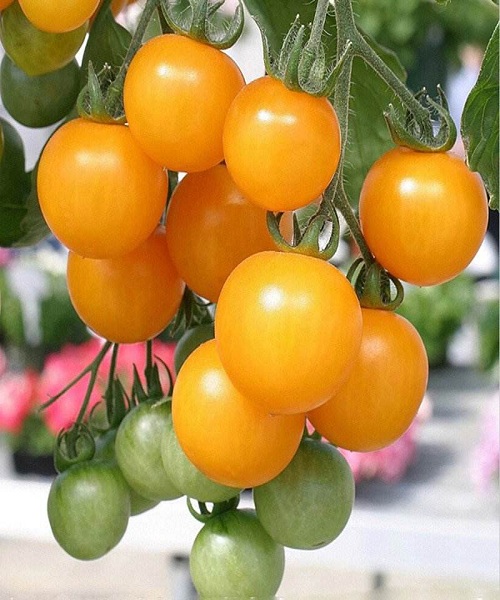
Seeds To Save
Selecting heritage (open-pollinated) plant varieties is crucial for successful seed saving. Unlike hybrid seeds, those produced from open-pollinated plants produce the same harvest year after year.
As a result, you can expect identical results every time you sow seed saved from these plants. Tomatoes, peppers, beans, onions, peas, maize, pumpkins, etc., all come in a dizzying array of open-pollinated kinds.
However, it is essential to be aware that if you grow more than one variety of an heirloom food plant, the plants can cross to generate a new plant. Because of this, it’s recommended that, if you plant more than one type, you separate off one plant to save its seeds.
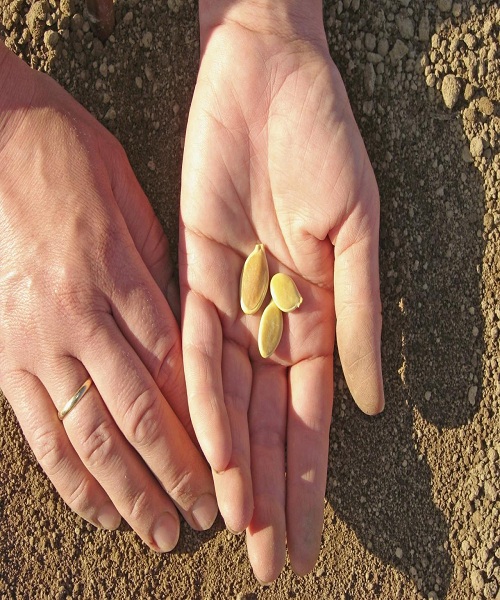
Seed-Saving for Vegetables: Picking the Right Plant
Your knowledge of what can and cannot be preserved has prepared you to begin saving seeds. To get the most out of your seed-saving efforts, start doing so around the time of the mid-season harvest.
Seed quality may suffer if plants are picked before they are ready. If you delay, the seed may be contaminated by another type.
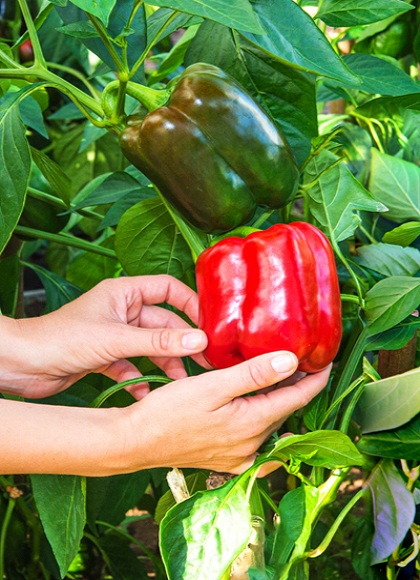
How to Choose the Best Seeds to Save for Your Garden
Pick a few of the finest vegetables from the nicest plants you have. Your best-performing seeds will produce robust and fruitful plants the following season.
Vegetables should be picked only after they have achieved their full size and color. Choose some veggies from different plants if you have more than one of the same plant in your garden.
This will protect you from the disappointment of planting a rotten vegetable next year and provide you with enough seeds to do so.
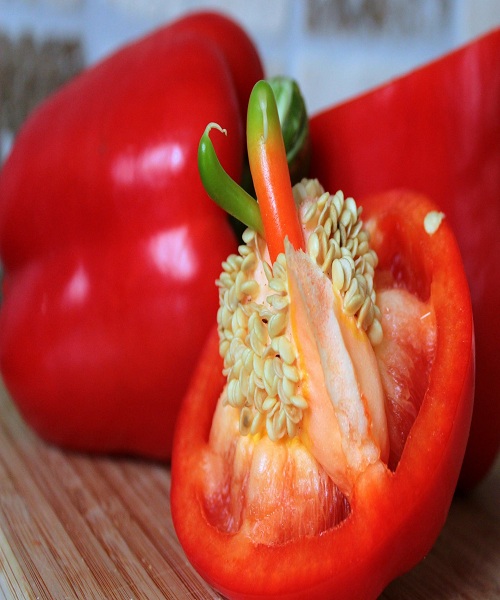
Seed Drying and Storage
Except for tomatoes, which we’ll get into shortly, preserving seed is a breeze with any other greens.
To remove the seeds, first split the vegetable in half lengthwise and scrape the seed core. Place the paper towel with the seeds on it in a warm, sunny spot. In a week or two, most seeds will have dried out.
Once the seeds are dry to the touch, they should be stored in a folded paper towel. Any residual moisture will be soaked up by this.
Your vegetable seeds will keep for a long time if you store them in a cool, dry place in an airtight container or zip-lock bag. You can keep it in the fridge till spring that way.

Concerning those tomatoes
To save tomatoes, you’ll need to take a few more precautions than you would with other food plants. Fermenting tomatoes for a short period before drying and storing them is necessary if you want to produce quality seeds.
Tomato seeds need to have their protective coating broken down in order for them to germinate the next year, and this method helps with that. Although it has a technical sound, doing so is actually quite simple.
Tomatoes can have their pulp and seeds removed with a spoon and stored in a jar. The seeds and pulp should be left to mold for a few days before being washed and dried.
